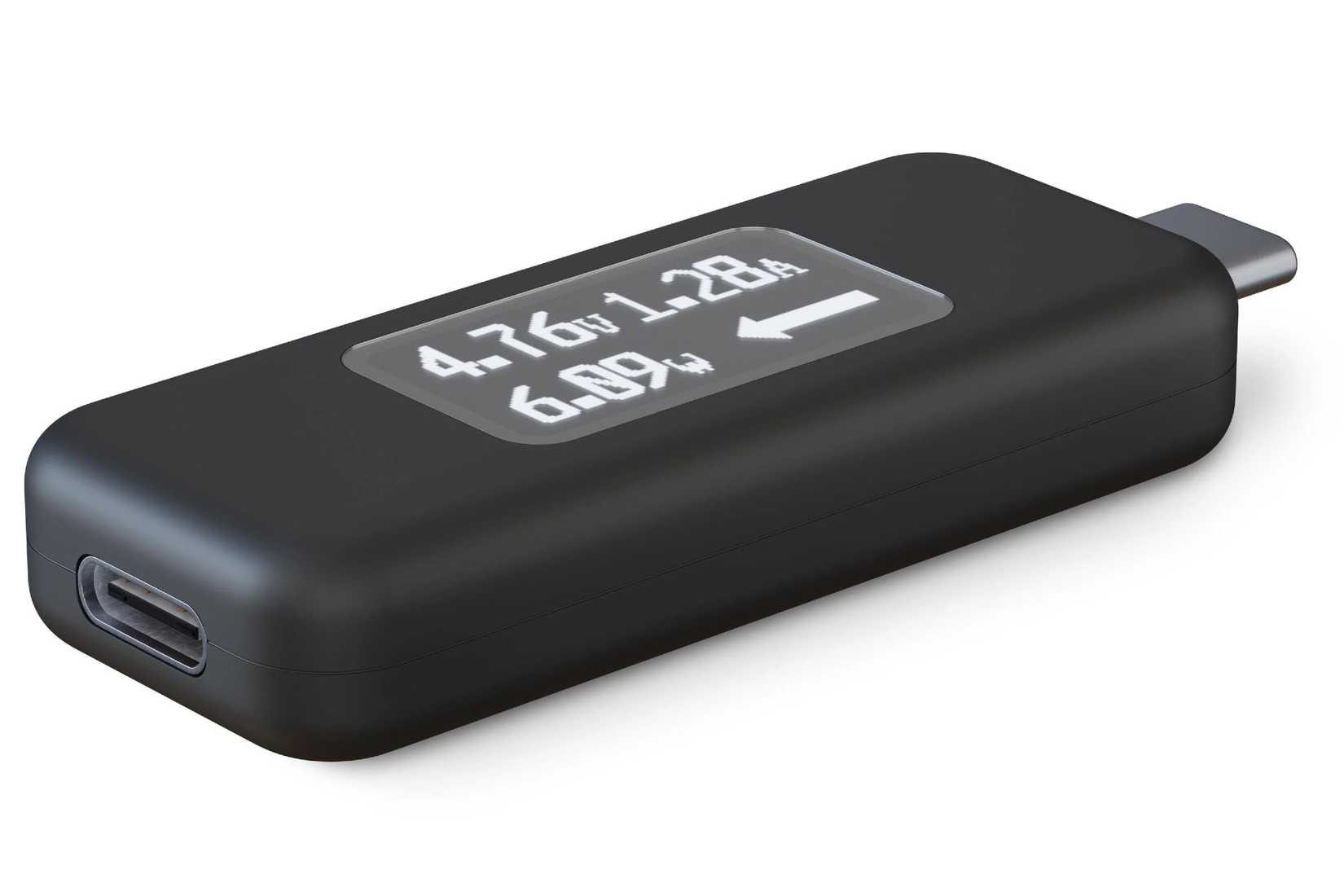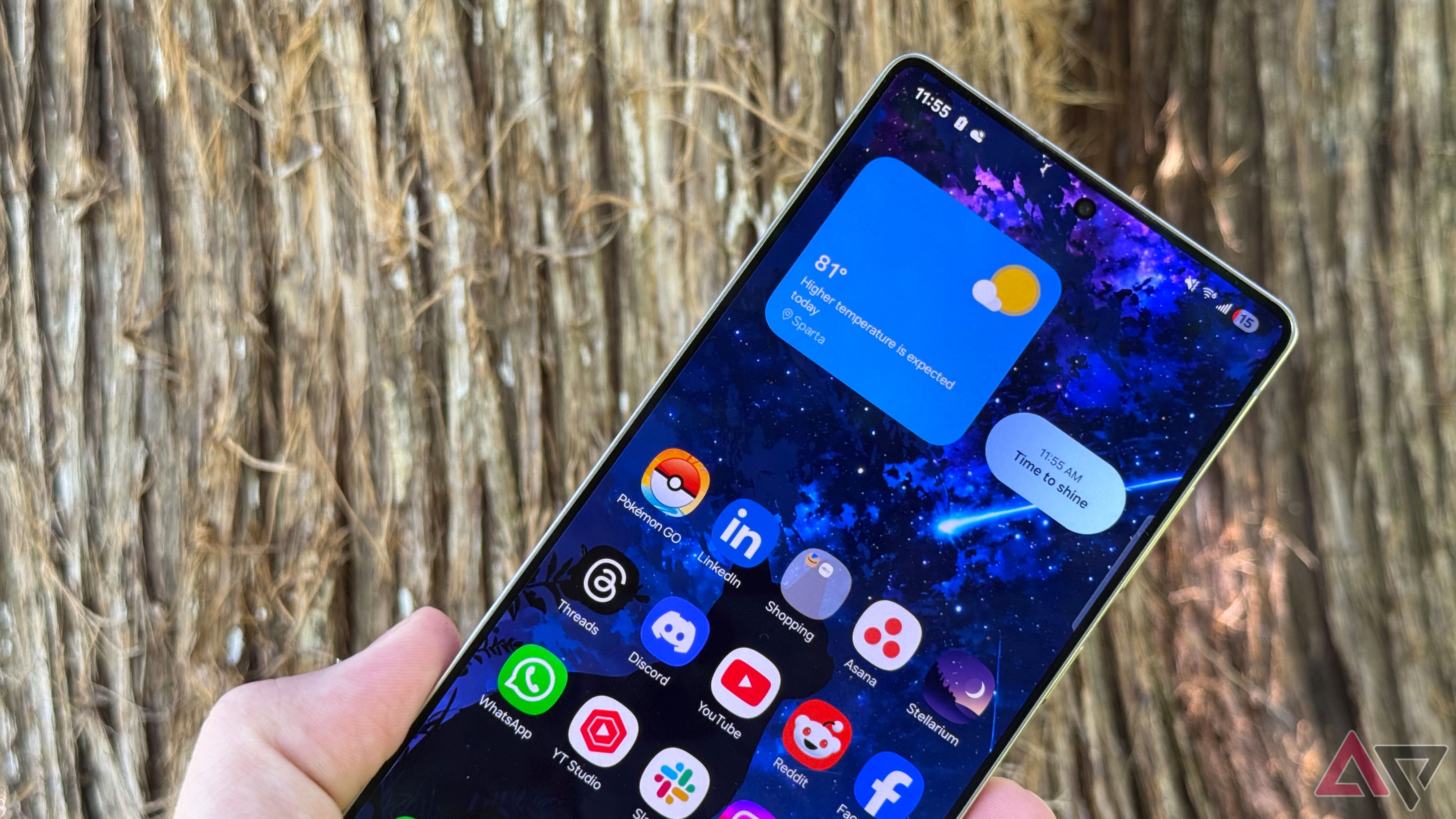I heavily rely on my Google Pixel Watch to keep up to date with my daily routine, agenda, and health. The watch has become an indispensable companion to my phone, helping me tame the chaos, both digitally and in the real world. For this, I use Wear OS tiles, as they provide instant access to important information at a glance.
With a few swipes, I can see my upcoming meetings, check my progress toward reaching my step count, and start a workout. Here’s how I use Wear OS tiles to stay organized, reduce my screen time, and bring order to my digital life.
Google Calendar and Tasks tiles
Keeping up with my schedule
If you rely on Google Calendar for managing your day-to-day schedule, you should have the Google Calendar tile just a swipe away on your Wear OS watch. Initially, I set up my Pixel Watch with an Agenda complication on the watch face. However, over time, I found it lacking, as the small space restricted the amount of information it displayed.
Eventually, I switched to the Google Calendar tile. With two swipes on the watch face, I can see my events for the day. With a tap, I can open the Calendar app for more details and see my schedule for the coming days.
Alongside the Google Calendar tile, I use the Tasks tile to keep track of my to-do list. I prefer using TickTick over Google Tasks, but TickTick does not offer a Wear OS tile. For now, I add my important tasks to Google Tasks.
If there’s one thing missing from the Google Calendar and Tasks tiles, it’s the ability to add new events or tasks from your wrist. This forces me to use my phone to create a task or add a new calendar entry.
Favorite Apps tile for Wear OS
Quick access to my frequently-used apps
Due to the limited number of apps available for Wear OS, my Pixel Watch’s app drawer feels more manageable than that of my phone. Still, opening the app drawer and scrolling through the grid of icons (or list) to find the app I need gets annoying fast. The Favorite App Tile for Wear OS makes this simpler, allowing me to add shortcuts to my favorite apps as a tile.
You can have up to five app shortcuts in a tile, which is more than enough for my needs. If you need additional shortcuts, create another instance of the tile to add five more shortcuts. I set up the tile to provide quick access to Alarms, Gmail, Wallet, Google Keep, and Maps. I don’t need access to these apps every day, but still want quick access when possible.
Individual contact tile
Quick access to your most important people
I frequently call or text my wife throughout the day for time-sensitive tasks, like confirming a package pickup or reminding her of something important. Sometimes, I need to text her something important while I’m working out at the gym or running. The Contact tile on my Wear OS watch makes this easy. I can reach out to her from my wrist without pulling out my phone.
This might not sound like a big deal, but the contact tile has come in handy on several occasions, especially when my hands are full and I can’t reach my phone. Or when I am cooking or in the middle of a set.
You might dismiss the Contact tile as a minor feature with limited value. However, after setting it up and using it for a few weeks, I can no longer imagine using a Wear OS smartwatch without it.
Fitbit Exercise and Sleep tiles
Staying on top of my fitness and recovery
I use the Pixel Watch and its Fitbit integration to monitor my health and workouts, including gym sessions, swimming, and running. Rather than opening the Exercise app each time, I rely on the Exercise tile to start activity tracking. This saves me time and unwanted taps, speeding up a mundane task.
My only other option for starting a workout session is to use the Fitbit app on my phone, which is a time-consuming process for a simple task. No wonder the Exercise tile ranks among my most-used tiles on the Pixel Watch.
Likewise, I use the Steps tile to gauge how far I am from reaching my daily step count goal. While I have a step counter complication on the watch, the tile visualizes the data in a better way, making it easier to gauge my progress at a glance.
I also track my sleep cycle, and the Fitbit Sleep tile makes it easy by showing my last night’s stats with just a few swipes.
Wear OS tiles do more than what meets the eye
Wear OS tiles are more useful than you might imagine. Using the right combination of tiles helped me reduce screen time and stay focused, as I don’t need to reach for my phone constantly. It also helps with faster decision-making, as I can look up my upcoming schedule or check the weather with a few swipes.
More importantly, the tiles blend into my routine, putting everything I need one swipe away, whether I’m at the gym or in the office. If you want to tame the digital chaos in your life and reduce your phone’s screen on time, pick up a Wear OS smartwatch, change a few settings to improve its performance, and set up the right tiles to improve your workflow.


